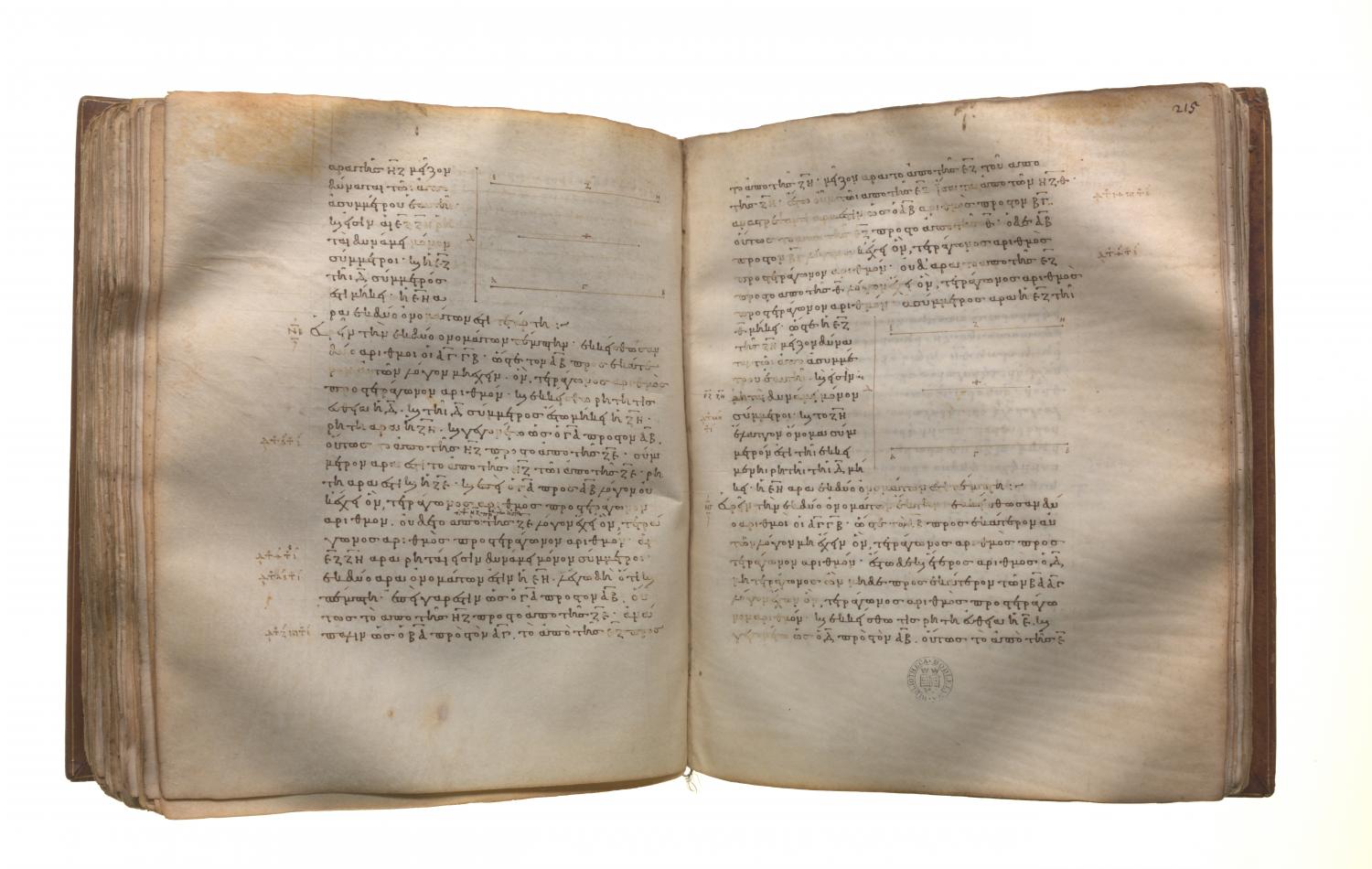Translations
To find the fifth binomial straight line. Let two numbers AC, CB be set out such that AB has not to either of them the ratio which a square number has to a square number; let any rational straight line D be set out, and let EF be commensurable with D; therefore EF is rational. Let it be contrived that, as CA is to AB, so is the square on EF to the square on FG. [X. 6, Por.] But CA has not to AB the ratio which a square number has to a square number; therefore neither has the square on EF to the square on FG the ratio which a square number has to a square number. Therefore EF, FG are rational straight lines commensurable in square only; [X. 9] therefore EG is binomial. [X. 36] I say next that it is also a fifth binomial straight line. For since, as CA is to AB, so is the square on EF to the square on FG, inversely, as BA is to AC, so is the square on FG to the square on FE; therefore the square on GF is greater than the square on FE. Let then the squares on EF, H be equal to the square on GF; therefore, convertendo, as the number AB is to BC, so is the square on GF to the square on H. [V. 19, Por.] But AB has not to BC the ratio which a square number has to a square number; therefore neither has the square on FG to the square on H the ratio which a square number has to a square number. Therefore FG is incommensurable in length with H; [X. 9] so that the square on FG is greater than the square on FE by the square on a straight line incommensurable with FG. And GF, FE are rational straight lines commensurable in square only, and the lesser term EF is commensurable in length with the rational straight line D set out.
